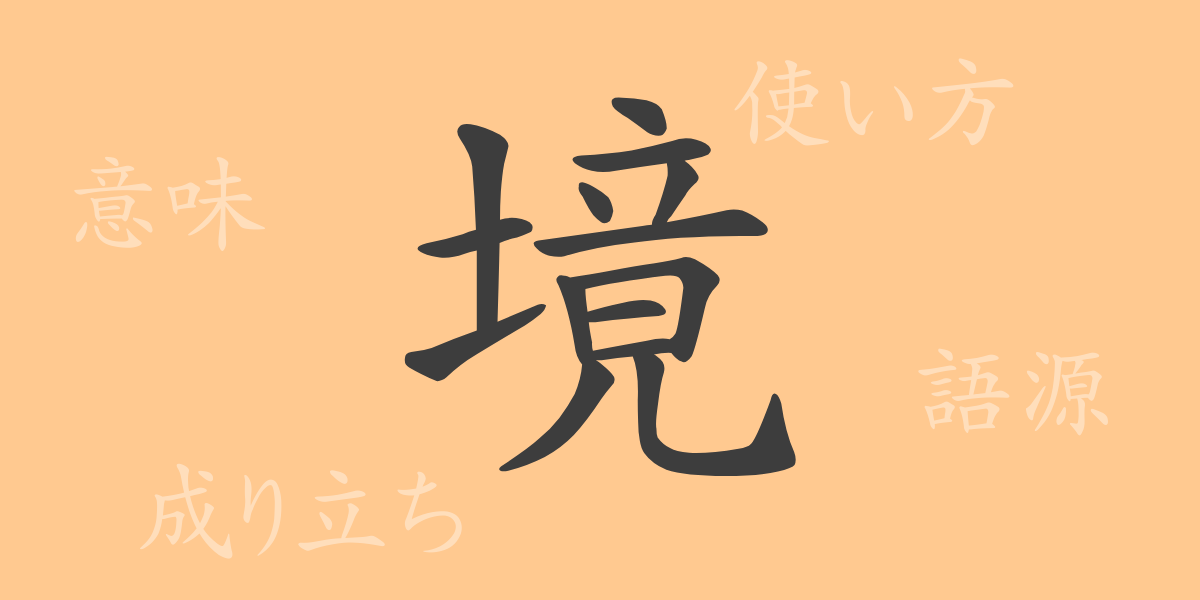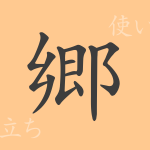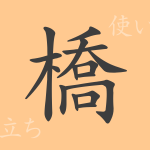The richness of the Japanese language is brought about by the deep meanings and diverse expressions of kanji. The common kanji “境(きょう)” frequently appears in our daily lives, reflecting various aspects of culture and psychology. In this article, we delve into the origins, meanings, and modern uses of the kanji “境(きょう)”, exploring its captivating charm.
Origin of 境(きょう)
The kanji “境(きょう)” developed from the ancient Chinese concept of land boundaries. It combines the radical “土(つち)”, meaning earth, with “竟(きょう)”, which indicates the sound. Historically, it was used as a marker to denote land or territory. Over time, “境(きょう)” has come to represent not only physical boundaries but also psychological boundaries and stages.
Meaning and Usage of 境(きょう)
The kanji “境(きょう)” has multiple meanings. Generally, it refers to “boundary”, “border”, or “limit”, denoting a line that separates physical spaces or different states and stages. For instance, “国境(こっきょう)” means national border, and “心の境界(こころのきょうかい)” refers to psychological boundaries. It is commonly used as a noun and combines with various words to broaden its expressive range.
Readings, Stroke Count, and Radical of 境(きょう)
The kanji “境(きょう)” has specific readings and structural elements used in different contexts.
- Readings: The on’yomi (Chinese reading) is “キョウ(きょう)” or “ケイ(けい)”, and the kun’yomi (Japanese reading) is “さかい(さかい)”.
- Stroke Count: “境(きょう)” has 14 strokes.
- Radical: The radical is “土(つち)”, which pertains to the earth.
Idioms, Expressions, and Proverbs Using 境(きょう)
There are numerous idioms, expressions, and proverbs in Japanese that include the kanji “境(きょう)”. Here are some examples:
- 心境変化(しんきょうへんか) – A change in one’s mental state.
- 境遇(きょうぐう) – The environment or circumstances one is placed in.
- 境界線(きょうかいせん) – A line that separates two areas.
- 一線を画する(いっせんをかくする) – To draw a clear distinction.
- 境目(さかいめ) – The clear demarcation between two things.
These expressions are used in everyday conversation and literary works to depict psychological states and social positions.
Conclusion on 境(きょう)
The kanji “境(きょう)” is a crucial term for capturing various aspects of the world we live in. It expresses not only physical spaces but also psychological and social domains, symbolizing the richness of Japanese expression. In daily life and in literary and philosophical discussions, “境(きょう)” helps us understand our position and recognize the world around us.

























